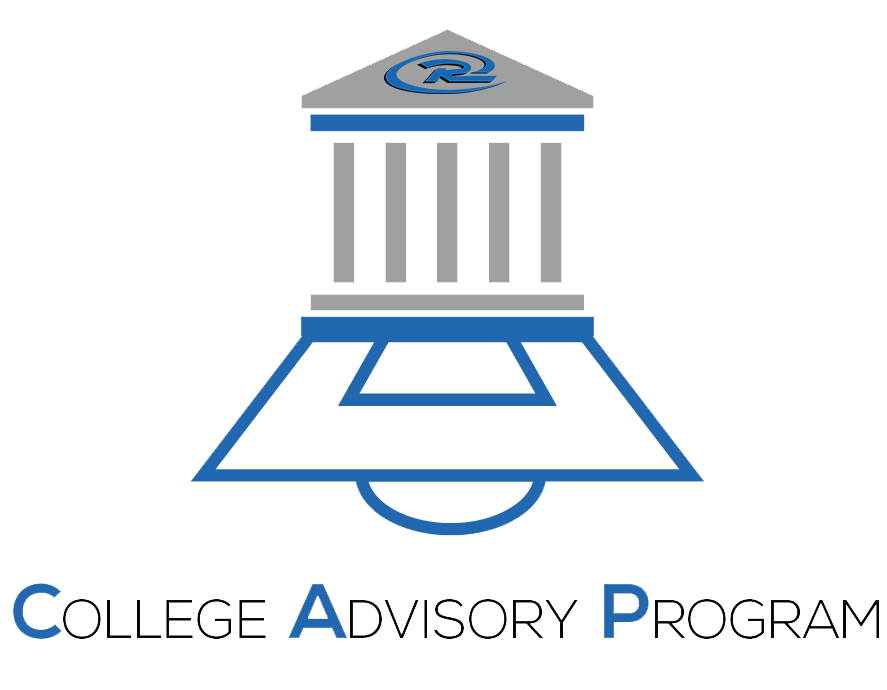What do college coaches look for at a Showcase?
Ben John is the Technical Director for Wisconsin Rush and the Assistant Women’s Soccer Coach at the University of Wisconsin-Whitewater.
 Rush Soccer has many opportunities to play with different players across the United States. With 65 Domestic clubs there are a lot of opportunities: Through Rush Select, the Guest Playing Program and the Regional Showcase Teams.
Ben John took the time to tell us what College Coaches Look for at a Showcase and the pro’s and cons of putting yourself in a different playing environment.
Advantages of Playing with Your Team
Rush Soccer has many opportunities to play with different players across the United States. With 65 Domestic clubs there are a lot of opportunities: Through Rush Select, the Guest Playing Program and the Regional Showcase Teams.
Ben John took the time to tell us what College Coaches Look for at a Showcase and the pro’s and cons of putting yourself in a different playing environment.
Advantages of Playing with Your Team
- Playing on your own team can certainly mitigate stress, nervousness and at times enhance performance
- Team chemistry and familiarity allows you to think less about certain details and focus on execution
- A new environment and playing with different players exacts a higher level of concentration, focus and discipline that mitigates callousness
- Eliminating the safety net of “team” allows coaches to assess a player’s ability to solve problems based on the principles of the game as it applies to any given situation confronted by the player and the pool of players stitched together.
- There are also times when the chemistry and tactics of “team” supersedes our ability to evaluate the individual quality of a player. The environment of an ID camp that pools players of different abilities together, usually from different places forces players to adjust to the discomfort of a different situation and find solutions to solve problems
- Speed
- Strength – shielding, tackling, aggressiveness
- Explosion – 5-10 yard and explosion in the air (heading)
- Side to side mobility
- Agility
- Balance
- Power – shot, heading balls in the air
- 1st Touch – passing, out of the air, different surfaces
- Passing Accuracy – Short, mid range, long
- Passing Proficiency – Driven balls, in-swingers, our-swingers, back spin. In step, laces, outside of the foot
- Shooting
- Dribbling 1vs1
- Dribbling out of pressure
- Defensive pressure – cover – balance
- Offensive Heading
- Defensive Heading
- Clearing balls
- Shooting accuracy – close and from distance
- Crossing accuracy
- Positional awareness – offense
- Positional awareness – defense
- Positional awareness – in transition offense to defense, defense to offense
- Movement with a ball – Defensive 1/3rd, middle 1/3rd, offensive 1/3rd
- Movement off the ball – based on ball being in defensive 1/3rd, middle 1/3rd, offensive 1/3rd
- Decision making on the ball -same as above
- Decision making off the ball – same as above
- Speed of play
- Technical efficiency to execute tactical decisions
- Consistency in performance
- Effort
- Coach ability
- Positivity
- Communication
- Level of awareness – consistently seeking information
- Winning transitions
- Temperament
- Leadership Qualities

